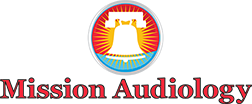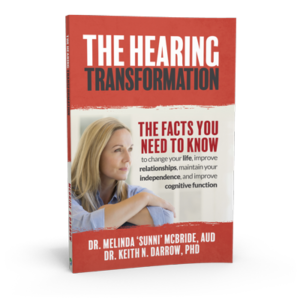Experiencing ear pain on an airplane is usually a result of the rapidly changing air pressure. Air pressure gets lower at higher altitudes and can drop quickly when a plane takes off. When the plane begins to land, the air pressure can get abruptly higher.
How It Happens
A sudden change in air pressure can create a vacuum in the middle ear. This pulls the eardrum inward, which causes pain and muffles sound. You feel as though your ears are plugged up. In severe cases, the middle ear fills with clear fluid, and in some rare instances the eardrum can even rupture.
Sometimes called “airplane ear,” the condition is not serious, although it can be quite uncomfortable. In some people, it can persist for several days. This is especially true if a person has a cold or nasal allergies, because that can prevent the pressure in the ears from equalizing.
Children
Anyone who has ever flown on the same plane as a screaming infant knows that babies experience pain and discomfort during flights. This is often caused by ear pain, and children tend to have more profound discomfort than do adults.
The human ear is connected to the throat by channels called eustachian tubes, one on each side of the neck. In children, these tubes are narrow, and this can make it more difficult for a child’s body to equalize air pressure. Additionally, if the child has an ear infection or a cold, the resulting inflammation makes the eustachian tubes even smaller. The smaller the tube, the more difficult to equalize the pressure and the more intense and prolonged the pain.
How to Avoid Ear Pain
There are several effective methods to reducing or eliminating airplane ear, either before or after pain starts.
- Take an antihistamine, oral decongestant, or nasal decongestant spray about 30 to 45 minutes before the flight. This alleviates any allergy or cold symptoms that will cause sinus pressure. Drink plenty of water with the medication to avoid dehydration, as lack of water irritates the sinuses and can exacerbate discomfort.
- Yawn, chew gum, or suck on hard candy during the ascent and descent of the airplane ride. This helps open the eustachian tubes, allowing the pressure within the ears to equalize and preventing pain.
- Equalize the pressure in the ears using this technique: Close your mouth and pinch your nostrils closed. Push air into your nasal passages as you would when blowing your nose. You should experience a slight “popping” sensation in your ears. Do this repeatedly during the plane’s takeoff and landing.
- Take an over-the-counter pain medication such as acetaminophen or ibuprofen. Because these medicines are also anti-inflammatories, they will moderate swelling in the eustachian tubes, thereby relieving pressure imbalances.
- Wear soft earplugs during the ascent and descent of the airplane. These are usually available in airports or at a local drugstore.

